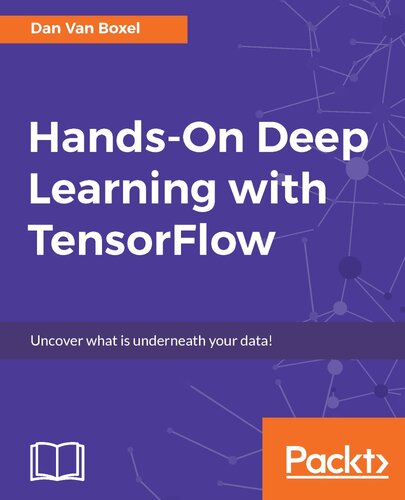

Most ebook files are in PDF format, so you can easily read them using various software such as Foxit Reader or directly on the Google Chrome browser.
Some ebook files are released by publishers in other formats such as .awz, .mobi, .epub, .fb2, etc. You may need to install specific software to read these formats on mobile/PC, such as Calibre.
Please read the tutorial at this link: https://ebookbell.com/faq
We offer FREE conversion to the popular formats you request; however, this may take some time. Therefore, right after payment, please email us, and we will try to provide the service as quickly as possible.
For some exceptional file formats or broken links (if any), please refrain from opening any disputes. Instead, email us first, and we will try to assist within a maximum of 6 hours.
EbookBell Team

4.1
80 reviewsTensorFlow is an open source software library for machine learning and training neural networks. TensorFlow was originally developed by Google, and was made open source in 2015.
Over the course of this book, you will learn how to use TensorFlow to solve a novel research problem. You'll use one of the most popular machine learning approaches, neural networks with TensorFlow. We'll work on both the simple and deep neural networks to improve our models.
You'll study images of letters and digits in various fonts with the goal of identifying fonts based on one specific image of a single letter. This will be a straightforward classification problem.
As no single pixel or position—but local structures among pixels—is important, it's an ideal problem for deep learning with TensorFlow. Though we'll start with simple models, this series will gradually introduce more nuanced approaches and explain the code line by line. By the end of this book, you'll have created your own advanced model for font recognition.
So let's put on our helmets; we're going deep into data mines with TensorFlow.